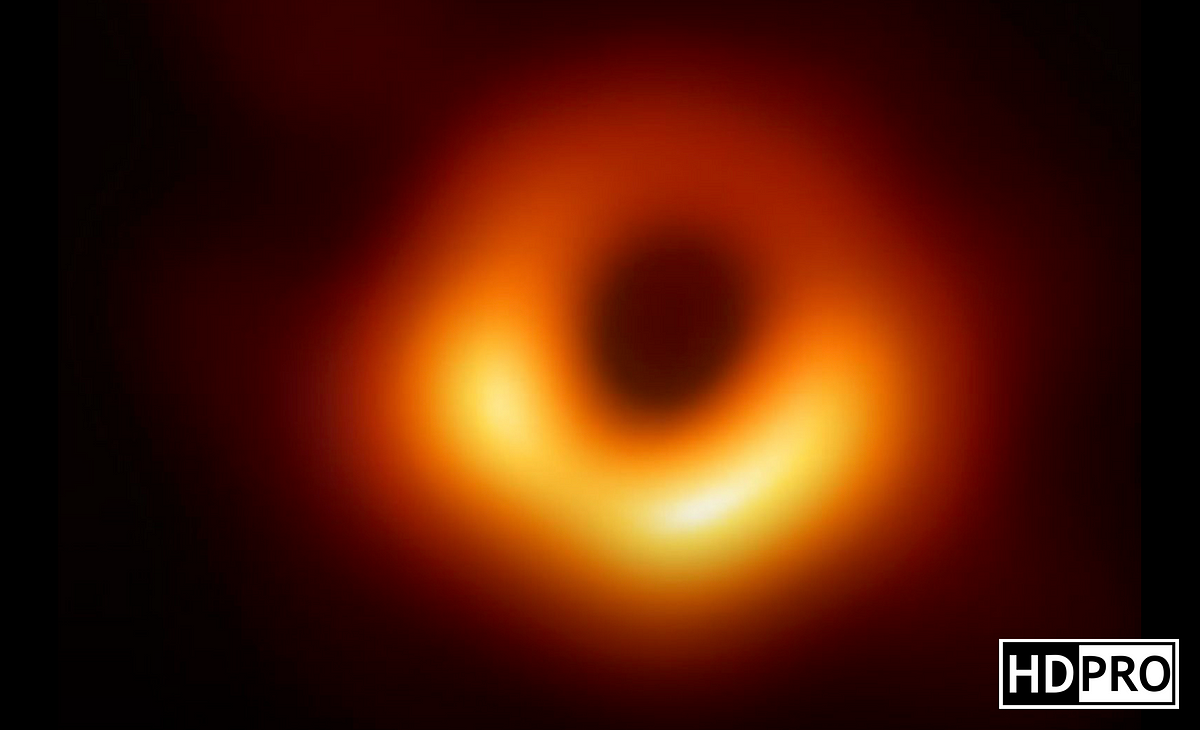

The largest single objects in the universe are supermassive black holes, and they are truly the behemoths of the cosmos. Smaller mass black holes that form directly from stars are called stellar black holes, and they can range in size from a few times more massive than our Sun to many thousands of times more massive. Physical Characteristics of Black Holes Milky Way Galaxyīlack holes can vary in size and mass. The star finally reaches its Schwarzschild Radius and becomes a black hole. Eventually, the distance between individual atoms becomes smaller and smaller until there is virtually no space between them. The star shrinks and its pressure rise dramatically. When the star starts to run out of hydrogen, the state of equilibrium is broken, and the star begins to collapse under its own gravity.

While a star is actively fusing hydrogen in its core, it generates a tremendous amount of energy that counteracts the star’s own gravity, allowing the star to exist in a state of equilibrium.

Like a car that has run out of gasoline and can’t refuel, every star will run out of its primary fuel source: hydrogen. Although stars contain a vast amount of hydrogen, it is only a finite amount. Every star is powered by a process called nuclear fusion, wherein the extreme temperatures and pressures in a star’s core cause hydrogen atoms to fuse together to form helium atoms. Every star, regardless of its mass, is composed mostly of the elements hydrogen and helium. For the most massive stars in the universe, the formation of a black hole is their eventual fate. How a star ceases to exist is dependent on the mass of the star. Even the stars themselves eventually meet their end. How Black Holes Form Black Hole with Nebula Over it


 0 kommentar(er)
0 kommentar(er)
